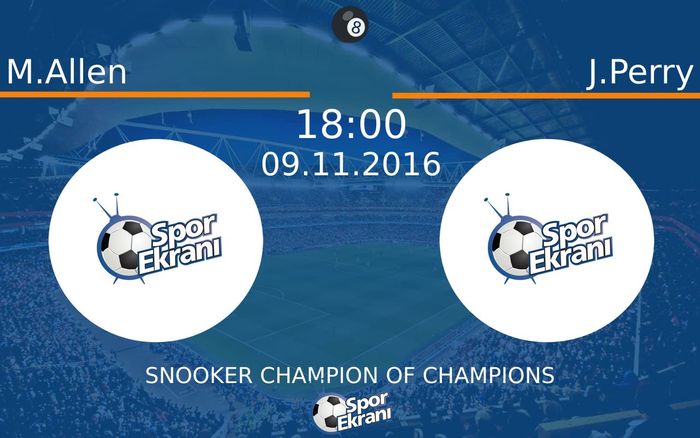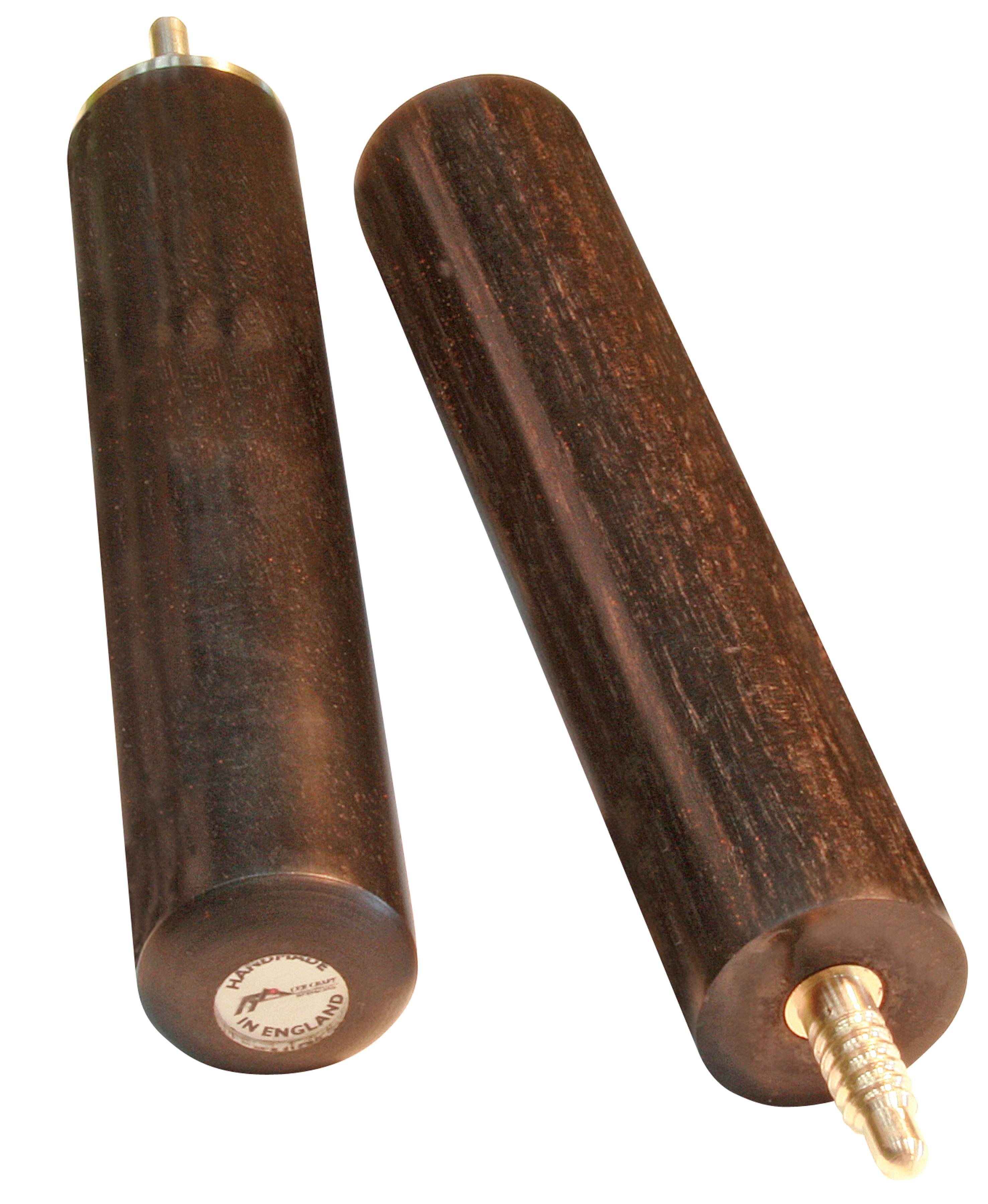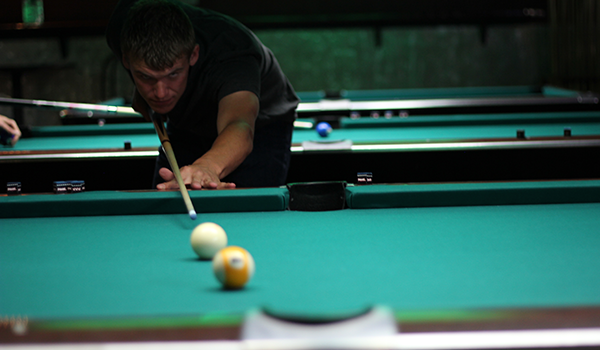
Consider the material of your cue tip when selecting one. The material can be hard, medium, or soft. It can also influence how the cue feels. Firm shots may feel better. It also impacts the squirt or sideways tip flexibility. When the tip is soft, the endmass and shaft flex are minimized.
Hard
A hard cue tip is preferred by most professional and higher-level players. It's easier to maintain than soft tips and lasts for longer. It absorbs the cue ball's energy better than a softtip.
Soft
A soft cue tip can prove to be very helpful when a player needs a more flexible cueball. These tips are generally made of leather, and are available in a variety hardness levels. They can be made from single-piece or laminated leather. Other popular materials include bakelite and phenolic.

Medium
The Kamui range of Cue Tips are made of premium pigskin and feature a ten-layer construction. This allows for maximum porosity and humidity resistance. These tips have excellent chalk retention, which helps improve tip-grip. These tips are durable and can be bought in a pack containing ten.
Phenolic
Your break shot could be up to 17% more powerful if you have a phenolic tips on your pool cue. This material offers a smoother contact surface that is also more responsive under pressure. These properties make phenolic tips an excellent choice for players who want to increase their power.
Leather
One of the most sought-after types of tip is the leather cue tip. Leather tips offer more control than synthetic ones which are made from cork or plastic. While leather tips are generally preferred, synthetic ones may be better for home use.
Splice
There are several ways to splice a pool cue's tip if you're considering buying one. Some prefer to hand splice tips. This method is more expensive and requires more skill. A hand splice can be purchased if you wish to play with a top-quality cue.

Size
A good rule of thumb is to make sure that the tip of your cue is the same size as the shaft. This will allow you to hit the ball more evenly and create less vibration when you hit it. A smaller tip also produces less squirt, which can help you feel the ball better.
Materials
It is important to consider both the angle and spin of the ball when choosing materials for a cue tips. A slightly rounded tip is better for imparting spin to the cue ball. A rounded tip is typically rounder than the curvature of a dime. A rounded tip is also typically thicker than a nickel.